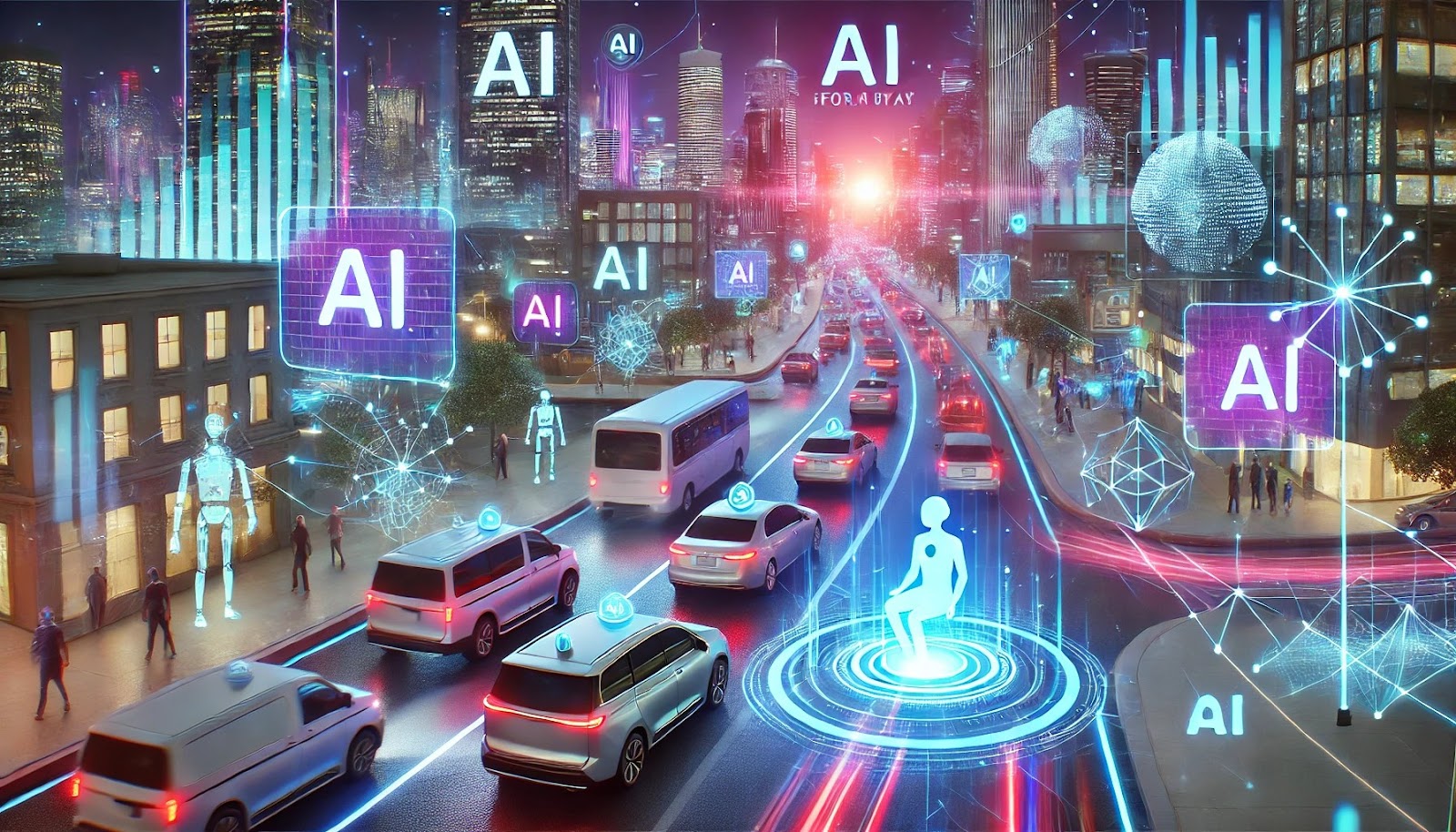AI Costs Are Plummeting: What It Means for the Future
Introduction
The rapid advancement of artificial intelligence (AI) is not just about innovation but also about cost. In a recent interview, Sam Altman, CEO of OpenAI, highlighted a significant trend: the cost of using AI is dropping by 10 times every year. This has massive implications for businesses, governments, and individuals alike.
Understanding AI Costs
AI-related expenses can be divided into three categories:
- Hardware Costs: Setting up data centers, acquiring high-performance chips, and building infrastructure.
- Training Costs: Feeding large datasets into AI models to improve their accuracy.
- Usage Costs: The expense of running AI operations, measured in tokens.
Altman specifically referred to the last category—usage costs.
A Drastic Price Drop
In 2023, OpenAI charged $0.03 for 1,000 tokens. By 2024, the price fell to $5 per million tokens—a dramatic drop. This trend is expected to continue, making AI more affordable for businesses worldwide. Other AI platforms, like Google’s Gemini and France’s Mistral, have their own pricing models, but the overall trend is clear: AI is getting cheaper to use.
The Impact of Cheap AI
Lower AI costs encourage wider adoption. More companies can afford to integrate AI into their workflows, leading to increased efficiency and automation. However, creating an AI model remains expensive. In 2024, major tech firms invested heavily in AI infrastructure:
- Meta, Microsoft, Google, and Amazon spent $223 billion on AI development.
- This figure is expected to rise to $325 billion this year.
In contrast, China’s DeepSeek AI model had a much smaller budget of $1.6 billion, reflecting different investment strategies between global tech giants and Chinese firms.
The Cost of AI Training
Developing an AI model is a costly process. Here’s how much some major AI models have cost to train:
- Google's Gemini: $191 million
- OpenAI’s GPT-4: $63 million
- OpenAI’s GPT-3: $4.6 million
- China’s DeepSeek: $6 million
This shows that while AI usage costs are decreasing, the cost of building advanced models continues to rise.
India’s AI Strategy: Build or Buy?
For countries like India, a crucial question arises: should they develop their own AI models or rely on existing ones? While Western firms hope more businesses will adopt their models, India has expressed interest in creating a homegrown AI system to reduce dependence on foreign technology.
The Future of AI Investment
With billions pouring into AI development, the big question remains: where does it stop? Some speculate that the goal is Artificial General Intelligence (AGI)—AI that can think and reason like humans. Others wonder if we’re heading toward AI-powered humanoid robots. Unlike the space race, where the moon landing marked a clear victory, AI’s "moon landing moment" is still undefined.
As AI costs drop, its accessibility increases, potentially transforming industries at an unprecedented rate. The future of AI is not just about what it can do but how affordable it becomes for everyone.

Comments
Post a Comment